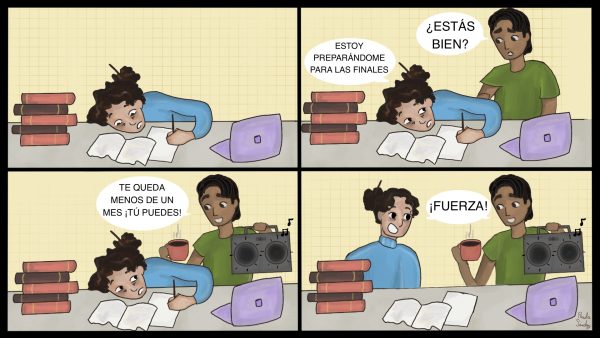Musical composition reflects on feeling of being in a crowd
September 25, 2017
One thousand voices will unite Oct. 1 at Millennium Park to explore what it means to be a part of a crowd and perform “crowd out,” a composition by composer David Lang.
The performance is co-produced by Illinois Humanities and the Chicago Humanities Festival after being incubated for its U.S. premiere for two and a half years, following its 2014 international debut in London. Performers from all 50 Chicago wards will come together for the event.
“It was really important for us collectively that, if we’re going to do a project like this, [we] need that many people,” said Phillip Bahar, executive director of the Chicago Humanities Festival. “We’re really reflective of the broader Chicago community.”
The number of performers is crucial to the piece, explained Tim Munro, “crowd out’s” co-music director. The subject of “crowd out” is the feeling of being one in many, and by having 1,000 performers, the audience is given that experience firsthand, he said.
“I kind of treat it as performance art,” said Veronica Raufer, a musical assistant for “crowd out” and Wicker Park Choral Singers participant. “Not only are you performing what it means to be in a crowd, but in that moment while you’re performing … you yourself are in that crowd, making that happen.”
Performance groups from across Chicago were selected to participate and encourage others to get involved, Raufer said. The rehearsal process involved minimal time commitment, with an initial community gathering for groups such as the Wicker Park Choral Singers as well as any interested members of the general public, followed by one dress rehearsal and the performance itself, she added.
“It’s a very nontraditional piece,” Raufer said. “It doesn’t use traditional music notation… to make this as accessible to as many people as possible.”
According to Bahar, Lang’s inspiration for the event came from attending a soccer game and being fascinated by the fans’ crowd dynamics.
“The fans are so strongly [rooting] for their teams that it creates these pockets of power in the stadium itself,” Bahar said. “He was looking at moments the fans came together, at moments they dissolved.”
Lang wrote the composition, Munro explained, by piecing together different Google autocomplete phrases of the sentence fragment “When I am in a crowd I feel…”
“The whole text of the entire piece is people’s personal, private, secret feelings about being in a crowd,” Munro said. “At one moment, all 1,000 people shout in perfect unison, ‘I am always alone.’ In another moment, all 1,000 people are singing this beautiful song … to the words, ‘I feel like rushing into tears.’”
All participants will attend one of three dress rehearsals but will not assemble as a group until the actual performance. Witnessing this portion of what will ultimately be a greater whole has an impact on the performers, Munro said.
“Seeing people’s eyes start to light up as they realize the communal energy is really the moment when [the performance] starts to come together,” Munro said. “The hardest thing about this piece is that it’s not until you start to come together with all these other groups … that you actually can understand what it is, what’s it’s like, what it can do.”








